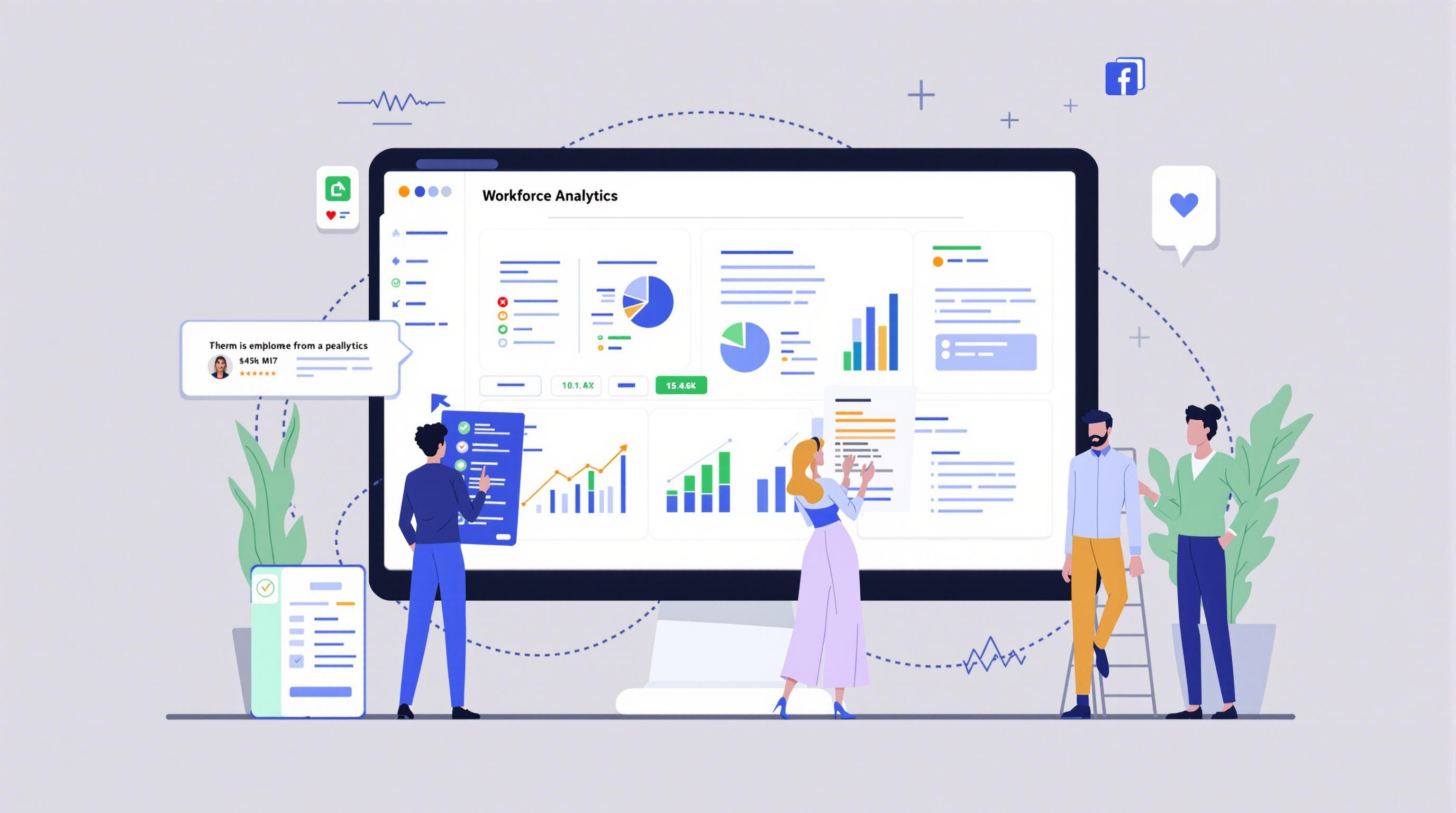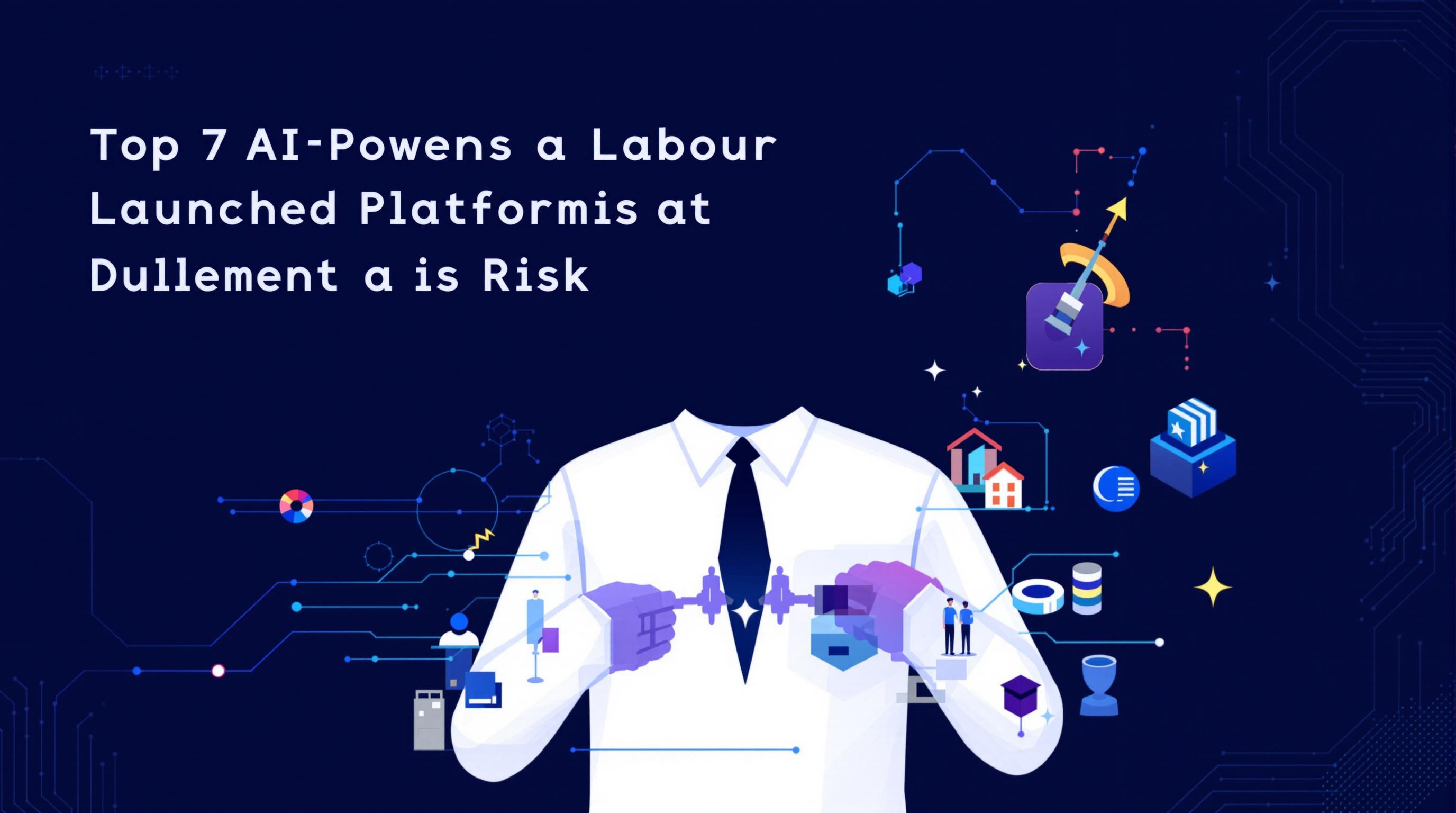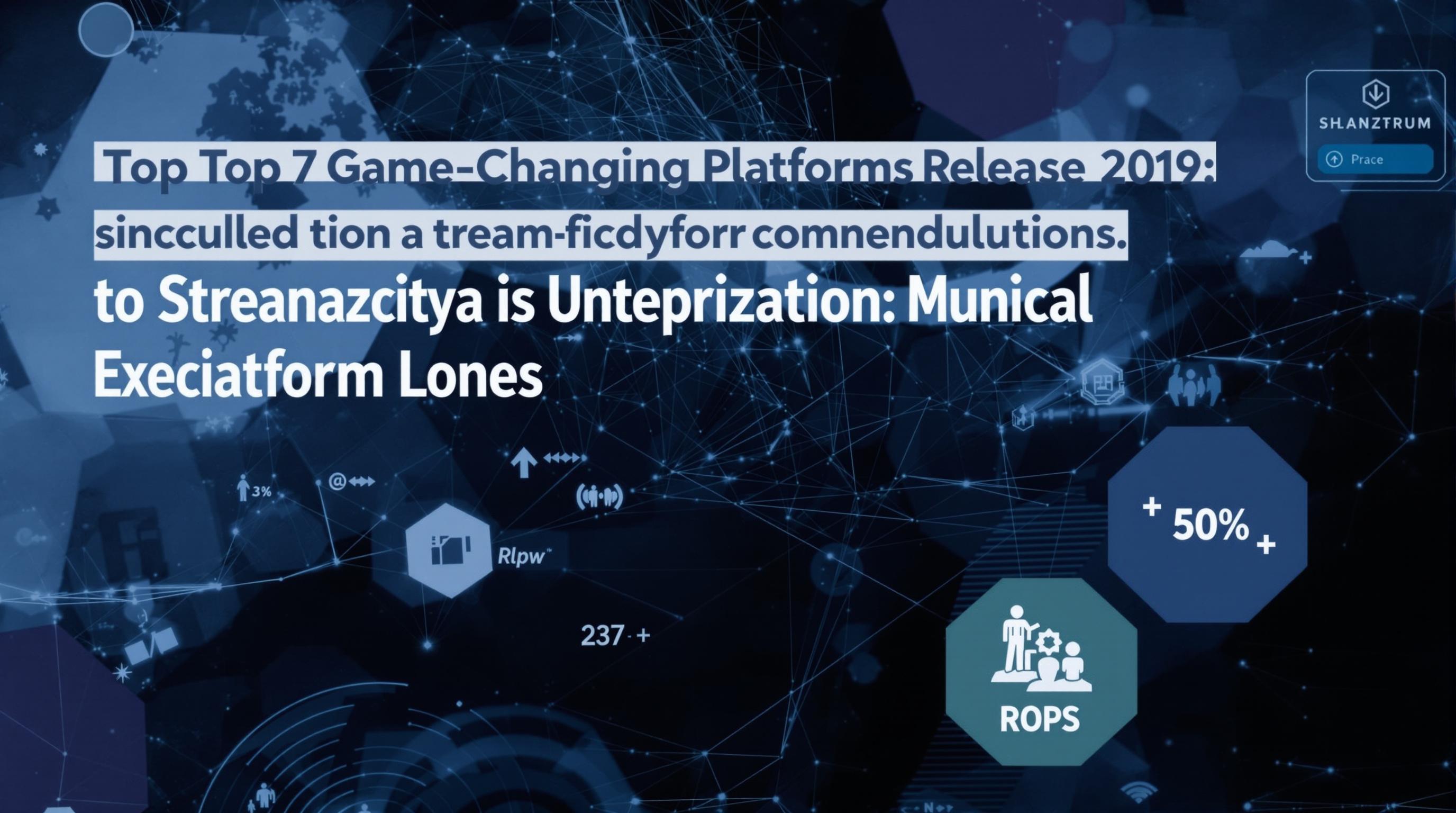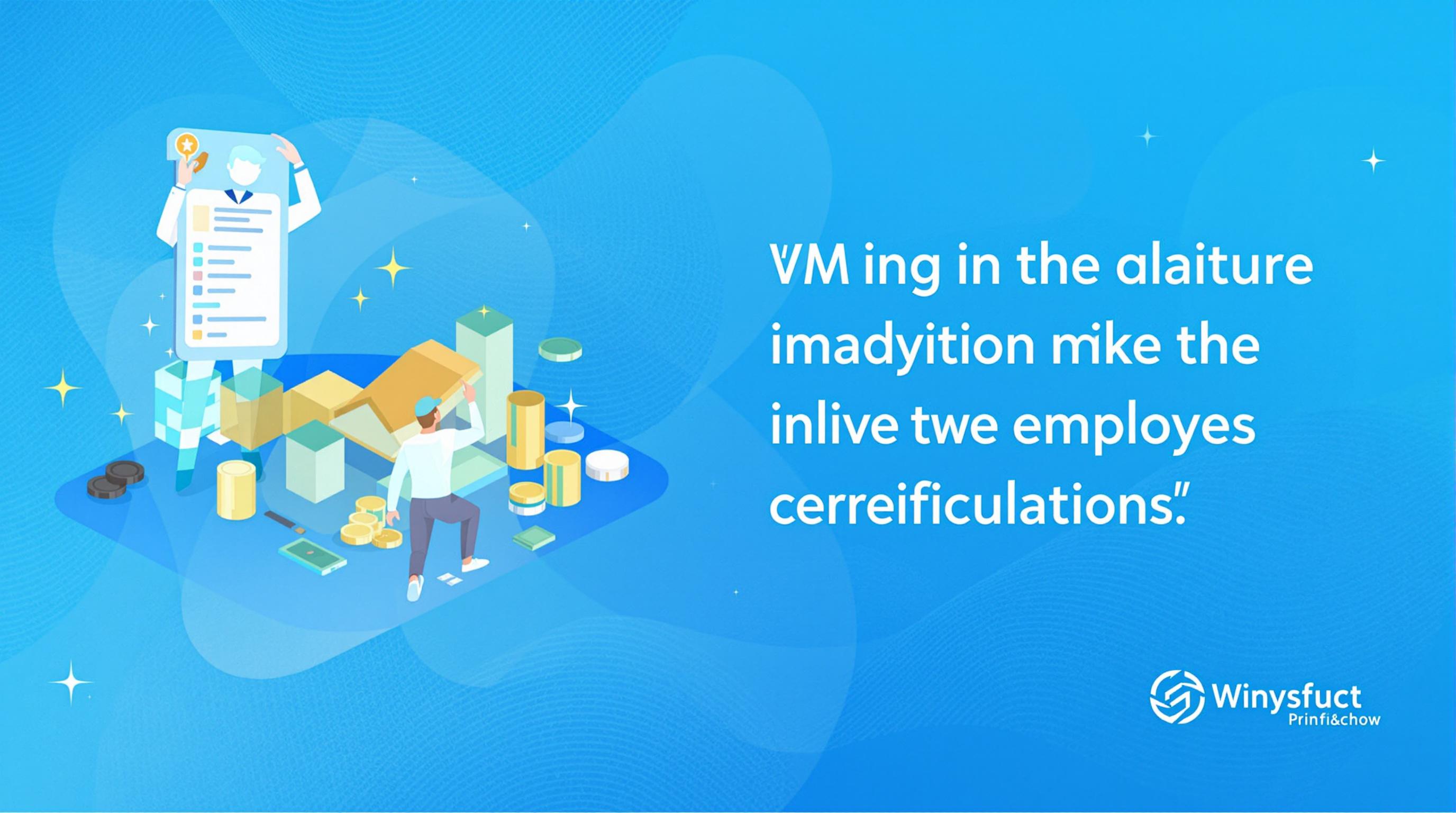Related Articles
- Top 5 Game-Changing Copyright Management Apps from 2019 to 2024 for Modern Creators
- Top 5 Game-Changing Copyright Management Apps Released Since 2019 for Fast, Foolproof Filings
- How Traditional Storytelling Shapes Community Healing in Conflict Settlement Practices Worldwide
- The Role of Ancient Storytelling Traditions in Shaping Modern Conflict Settlement Practices
- The Quiet Shift: How Climate Change Is Secretly Reshaping Liability Standards in Insurance Policies
- The Unseen Impact of Climate Change on Rural Insurance Mandates and Local Risk Assessments
Top 6 Emerging Workforce Analytics Platforms Redefining Employee Categorization Since 2019
Top 6 Emerging Workforce Analytics Platforms Redefining Employee Categorization Since 2019
Since 2019, workforce analytics platforms have revolutionized how companies classify and understand employees, driving smarter decisions and boosting productivity. This article explores six standout platforms that exemplify this shift, each offering unique tools to dissect workforce data and redefine employee categorization.
The Human Element Meets Data Science: How Visier Transforms Workforce Categorization
Picture being able to forecast employee turnover risks with pinpoint accuracy or identifying unseen skills within your teams. Visier, a Canadian-born platform, brings this vision to life with its user-friendly workforce analytics solutions.
Visier's analytics dives deep into employee journeys, breaking down complex HR data into digestible insights. For instance, companies utilizing Visier witnessed a remarkable 20% reduction in attrition by categorizing employees prone to leave early and tailoring retention strategies accordingly (Visier Case Study, 2021).
One can argue that in a world overwhelmed by data, the ability of such platforms to humanize analytics—transforming raw numbers into meaningful workforce narratives—is what truly sets Visier apart.
Why Workday People Analytics is a Game Changer for Employee Segmentation
From a 45-year-old HR veteran's standpoint, Workday’s People Analytics component feels like a breath of fresh air. Integrated within a broader enterprise ecosystem, it leverages artificial intelligence (AI) and machine learning (ML) to track employee performance trends over time.
With over 10 million users globally, the platform enables companies like Netflix to segment their workforce dynamically—considering factors from skill progression to engagement scores. Netflix reportedly saw a 15% boost in internal mobility after implementing Workday’s analytics tools in 2020, indicating more nuanced employee categorization that bolsters career growth (Forbes, 2021).
From Buzzword to Breakthrough: The Rise of Peakon in Workforce Analytics
Let’s get real—employee engagement surveys have been the punchline of many workplace jokes. Enter Peakon, a platform that turns that snooze-worthy tradition into a vibrant, data-driven dialogue.
Launched with analytics at its core, Peakon harnesses continuous feedback to classify employees according to real-time engagement levels rather than static categories. Its ability to generate actionable insights has contributed to companies like Vodafone improving employee satisfaction by 12% within a year (Vodafone Report, 2019).
The intuitive interface means even younger HR practitioners or team leaders with minimal data experience can deploy powerful segmentation that evolves with their workforce.
Storytime: When Data Meets the Workforce at Culture Amp
Imagine a bustling tech startup struggling with high employee turnover. The CEO, a 28-year-old enthusiastic leader, decided to experiment with Culture Amp, an analytics platform emphasizing employee experience.
By categorizing employees not just by department but by engagement clusters and tenure, Culture Amp enabled the startup to identify patterns leading up to resignations. Within a year, turnover was reduced by 18%, while employee satisfaction soared (Culture Amp Annual Review, 2022).
This narrative highlights how combining storytelling with data visualization creates a compelling case for investing in emerging workforce analytics tools.
A Casual Dive into Oracle Analytics Cloud’s Impact on Workforce Categorization
Alright, let's break this down without all the jargon. Oracle Analytics Cloud isn’t just for crunching numbers; it’s the secret sauce for businesses wanting to categorize their employees like a pro.
By leveraging its seamless integration with Oracle’s HCM systems, users can classify staff based on performance, learning agility, or even potential for leadership roles. The ease of customization means companies can tailor categories that reflect their unique culture and goals.
Fun fact: Oracle reported a 30% improvement in talent deployment efficiency among clients using its analytics cloud since 2019. That’s a win for HR teams looking to optimize without drowning in spreadsheets.
UK-Based Selenity: The Underdog Changing the Workforce Analytics Game
Selenity may not yet be a household name, but this UK startup deserves a shoutout for pushing boundaries in employee classification.
Its platform excels at segmenting gig and hybrid workforce segments, crucial in today’s flexible work environment. By employing AI-driven categorization, Selenity has helped logistics firms reduce onboarding time by 25% and improve workforce allocation significantly (Company Press Release, 2023).
For companies embracing new ways of working, Selenity offers a refreshing, specialized approach that's both adaptable and insightful.
Final Thoughts: The Analytics Revolution and the Future of Employee Categorization
Data is no longer an optional asset but a strategic necessity in workforce management. Platforms like Visier, Workday, Peakon, Culture Amp, Oracle Analytics Cloud, and Selenity demonstrate how analytics can turn vague HR assumptions into concrete, actionable strategies.
As businesses continue grappling with hybrid environments and the evolving nature of work, these analytics tools empower leaders across generations to see their workforce through sharper, more inclusive lenses—enabling smarter categorization that respects diversity while maximizing productivity.




